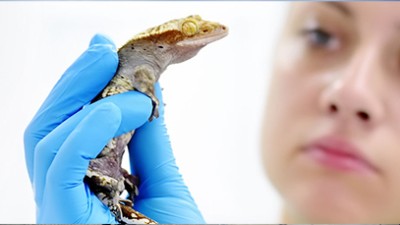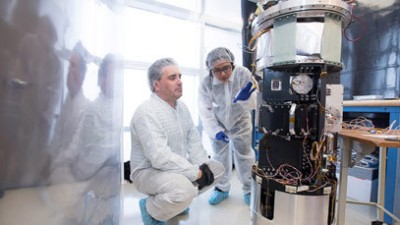
Joseph Hornak
Professor
Joseph Hornak
Professor
Education
BS, Utica College of Syracuse University; MS, Purdue University; Ph.D., University of Notre Dame
Bio
My research interests span many traditional scientific disciplines with a common thread being magnetic resonance. My magnetic resonance imaging (MRI) interests focus on tissue identification and classification schemes using time and spectral domain information, and the development of unique standard (called phantoms by the MRI community) for testing the performance of an MRI scanner or pulse sequence. In the field of materials science, I have interest in developing low frequency electron paramagnetic resonance (LFEPR) spectroscopy for materials characterization. Most recently, I am applying LFEPR as a non-invasive, non-destructive tool for studying ceramic objects with cultural heritage significance. My physical and analytical chemistry interests focus on using nuclear magnetic resonance (NMR) spectroscopy to study dynamical processes of molecules in confined spaces. These processes include translational and rotational diffusion, and spin and surface relaxation.
Visit the RIT Magnetic Resonance Laboratory website for more information.




